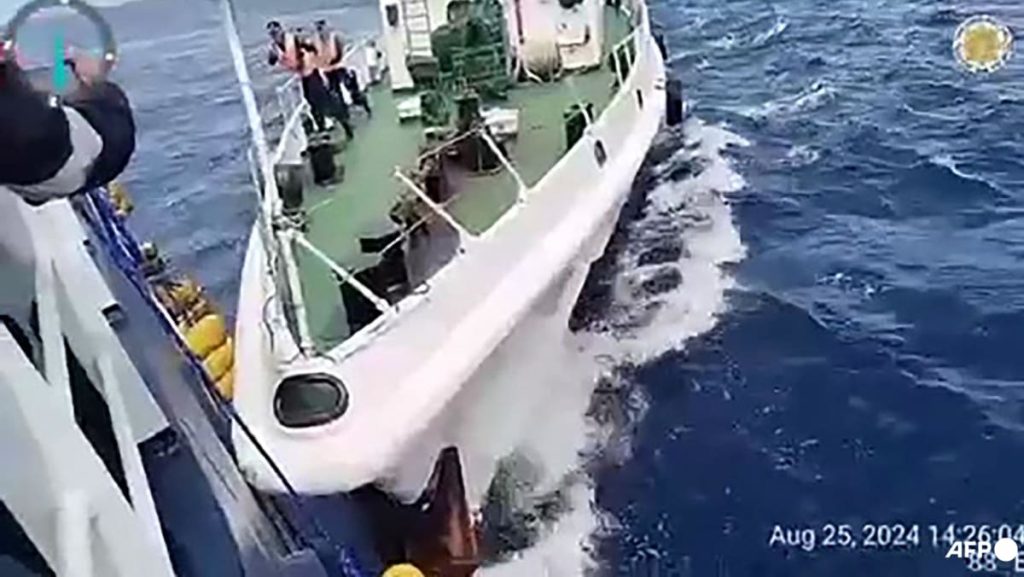China claims sovereignty over the majority of the South China Sea, which is contested by several other countries such as the Philippines, Taiwan, Malaysia, Indonesia, Vietnam, and Brunei. In response to these claims, Beijing has deployed numerous vessels to protect its interests in the region. However, an international tribunal ruled in 2016 that China’s claim lacked a legal basis under international law, a decision that was seen as a significant victory for the Philippines, which had filed the case. Despite the ruling, China has rejected it and continues to assert its claims in the South China Sea.
In an effort to manage maritime disputes, the Philippines and China recently held a high-level meeting where they agreed to “restore trust” and “rebuild confidence” between the two nations. This meeting was followed by a provisional arrangement that allowed Manila to conduct resupply missions to a beached Filipino naval ship in the South China Sea. However, tensions rose when Chinese vessels engaged in what the Philippine task force described as “unprofessional, aggressive, and illegal actions” during one of these missions. These actions put the safety of Filipino crew members at risk and forced the mission to end prematurely.
The Philippine government has called on China to cease its provocative actions in the South China Sea, which they believe are destabilizing regional peace and security. In a specific incident, Manila accused Beijing of deploying flares from the China-occupied Subi Reef, causing concern for a Manila aircraft conducting patrols in the area. This was not the only confrontation, as a Chinese jet fighter also harassed a Philippine aircraft during a surveillance flight near the Scarborough Shoal, adding to the tensions between the two countries.
In response to these incidents, the United States, a treaty ally of the Philippines, condemned China for its actions in the South China Sea. The US echoed Manila’s call for Beijing to refrain from engaging in activities that escalate tensions in the region. The presence of US military support in the area further complicates the situation and adds to the geopolitical dynamics at play in the South China Sea. As the situation continues to unfold, it remains uncertain how all parties involved will navigate the complex territorial disputes and competing interests in the region.
The ongoing tensions in the South China Sea highlight the challenges faced by countries with claims in the area, as well as the broader implications for regional security and stability. The actions of China and its neighbors, particularly the Philippines, have the potential to impact not only their bilateral relations but also the broader maritime landscape in Southeast Asia. As the US continues to assert its presence in the region, the potential for miscalculations and escalation remains a concern for all parties involved. The need for diplomatic solutions and multilateral cooperation is essential to prevent further conflict and maintain peace in the South China Sea.


